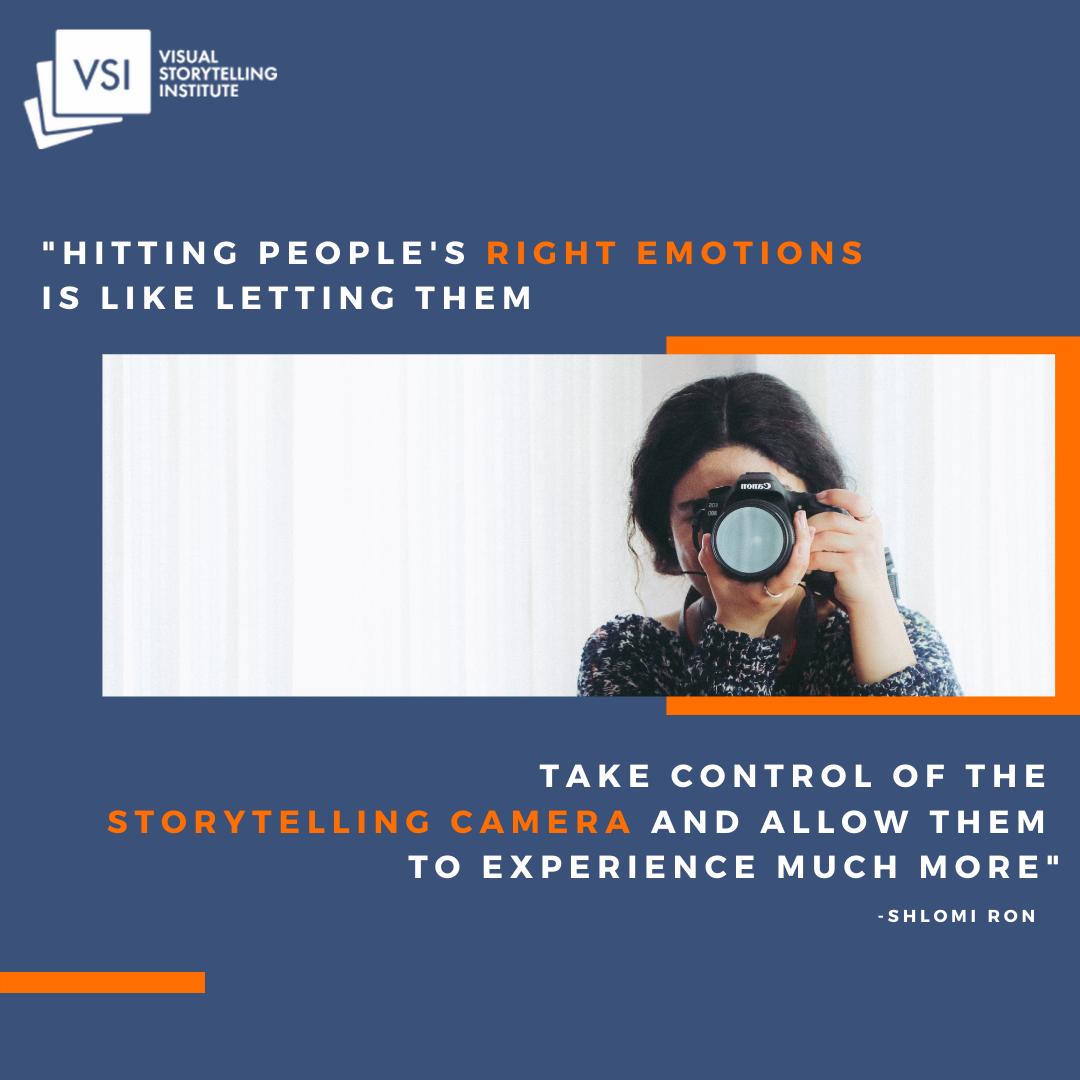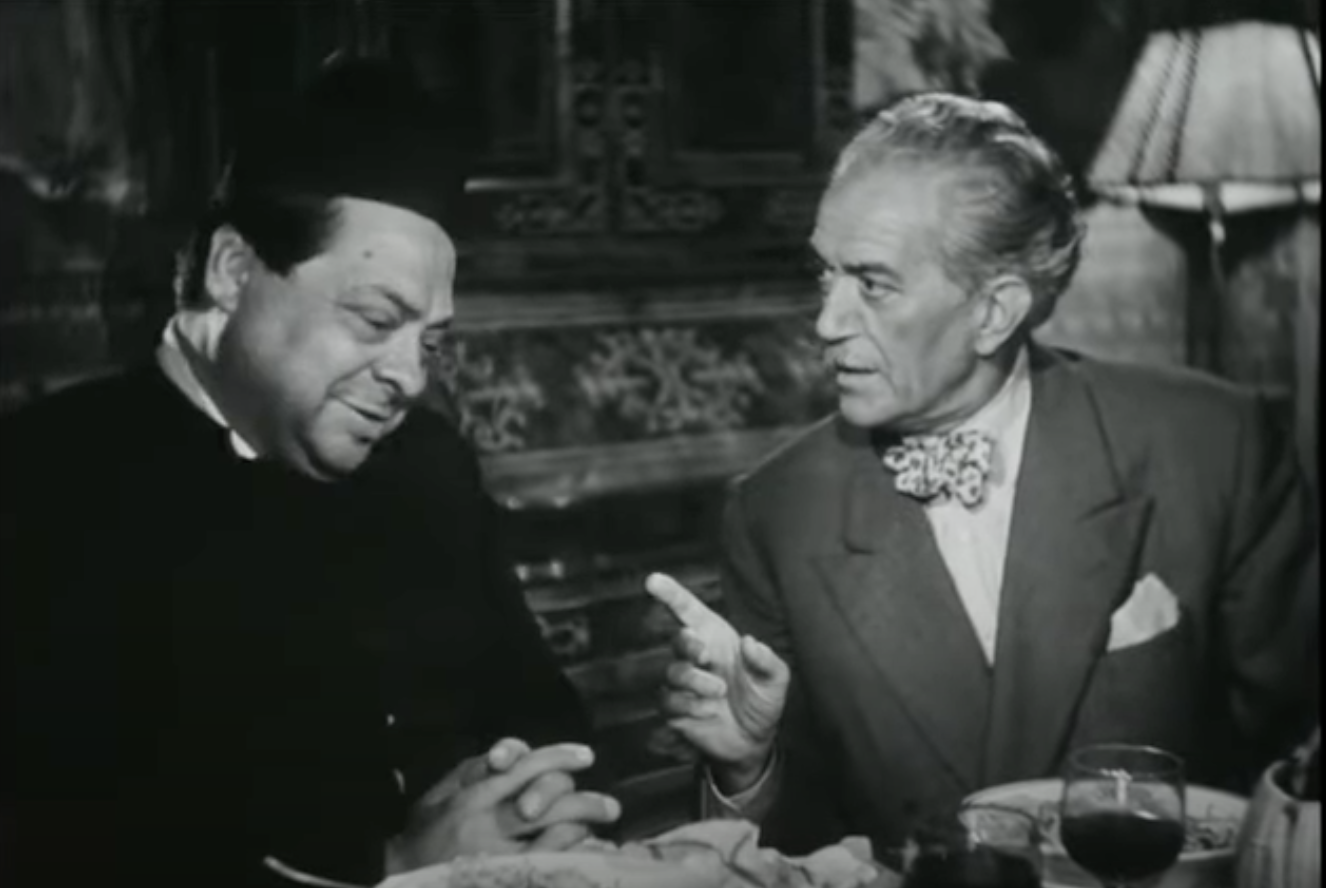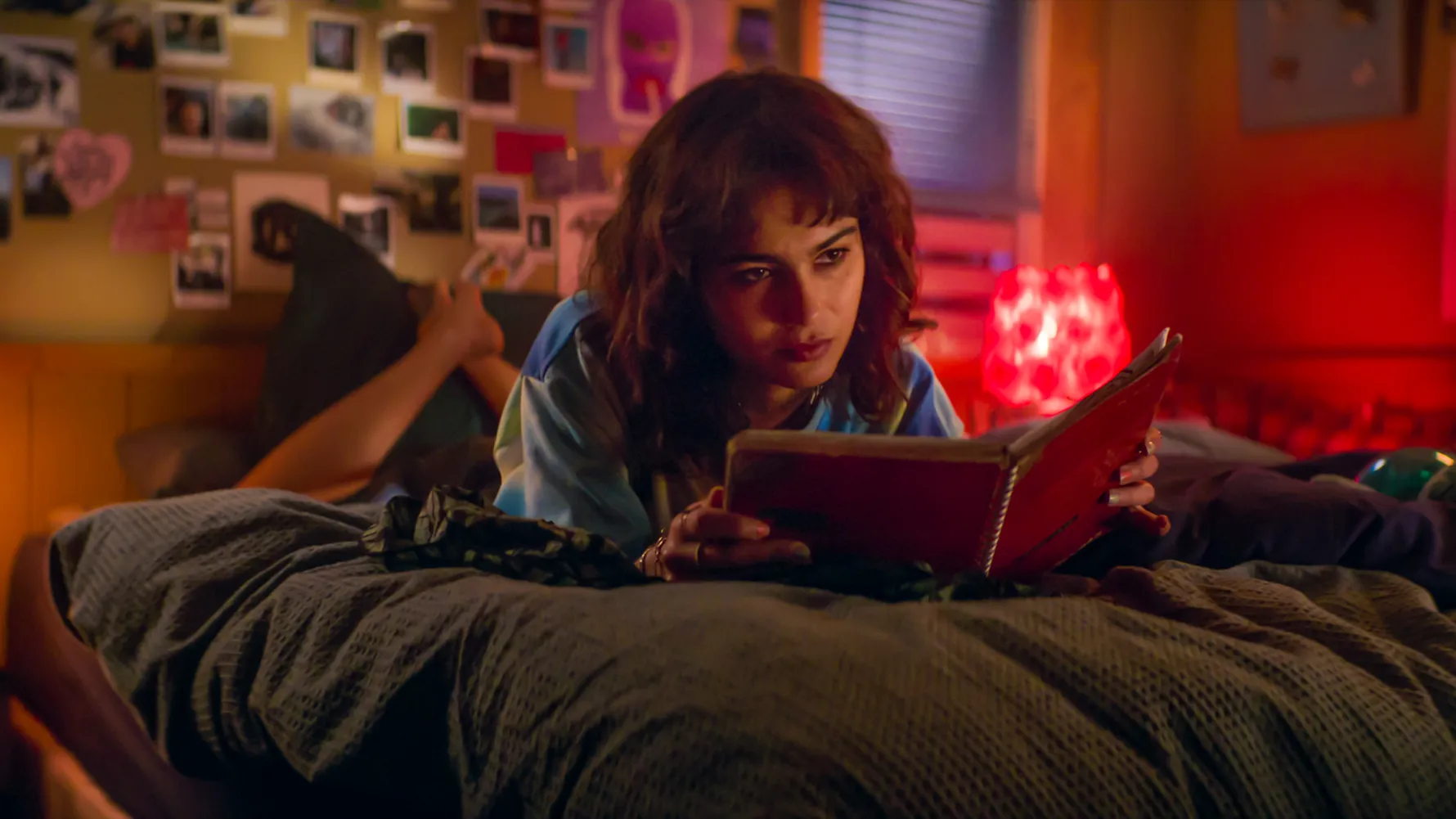
Let’s Talk about Empathy
Let’s Talk about Empathy https://www.visualstorytell.com/wp-content/uploads/2022/06/Empathy-Thumb.png 366 222 Shlomi Ron Shlomi Ron https://secure.gravatar.com/avatar/995c0cf093380b90c7704fda398c9addf4e5c605afbc92af5c3f01f67d65aa41?s=96&d=mm&r=g- Shlomi Ron
- no comments
As visual storytellers we’re always on the look out for stories that will educate/entertain/inspire our audience in order to improve their lives and drive business results, right?
But as you well know, regardless of the medium, the road to emotionally move your audience into action typically goes by first establishing empathy.
Yep! That critical ability to understand and share the feelings of another.
When you do it right, empathy sparks that magic moment when your customer can see herself in your story and feel as if it were her story.
That’s why spending time on research is a must-have.
Running direct customer interviews or indirect social listening are all essential means to help you get inside the head of what your customers say, do (explicit zone) and then extrapolate about what they feel and think (implicit zone).
Tactically, to max empathy we’ve seen a growing trend of brands closing the gap between their message and their audiences.
Just consider User Generated Content (UGC), influence marketing, social takeovers, and the recent emergence of Decentralized Autonomous Organizations (DAO).
When you look closer, these tactics are all about different degrees of letting your audience hold your mic and tell a story on your behalf.
That’s why we see these days brands that are supplementing their stories representing the customer voice with stories that are directly delivered from customers.
How more emphatic can you be, right?

How are you telling stories with diverse viewpoints?
At the very basic level, when you think about it every time you meet close friends and share personal stories, their empathic reactions give you a sense of what they think about you or what they would have done in your place.
Sometimes all it takes is to change your external appearance to see the world through your borrowed visual identity.
Think about Halloween costumes or even avatar outfits that are completely different from the real appearance of their owners in real-life.
Yes, it’s a fashion statement, a personal expression outlet, but it shapes first impression encounters and lets you truly live in someone else’s shoes.

As a classic Italian cinema fan, this idea nicely comes to life in Benvenuto Reverendo! (Welcome, Reverend!) – a 1950’s crime film comedy directed, written by and starring the legendary Aldo Fabrizi.
In this film, the hero is a petty thief that upon fleeing from a crime scene, hides under a reverend’s black robe and cap. To his surprise he discovers how society treats him with the respect he never had.

Stretching the theme even further, consider watching The 7 Lives of Lea – a 7-episode 2022’s TV series on Netflix.
Unlike the typical time travel storyline where the hero travels back in time as a visitor in mind and body, this show takes an interesting spin on empathy.
Léa, the heroine wakes up every morning in the body of a character from a crime story that happened 30 years ago.
Locked in someone’s else’s body her mind is making the shots on how she interacts with other people involved.
This way every time Lea travels back, she sees the story through another character’s eyes. This unique rounded view allows her to get a better understanding of what really happened.
***
In short, when you plan a story for your audience to empathize with, think about who is telling the story and how it could change?
As George Hammer, former Chief Content Officer, IBM aptly said it on my podcast speaking about ways he challenges his creative team:
“What the story would look like if Willy Wonka told it? Or a brand from a whole different industry told it ? All that pushes you.”
Until next time, have fun exploring diverse storyteller’s viewpoints en route to blissful empathy.
Need help? Reach out.
- Posted In:
- Story Making
- Story Visualizing
Shlomi Ron
Shlomi Ron is the founder and CEO of the Visual Storytelling Institute, a Miami-based think tank with a mission to bring the gospel of visual storytelling from the world of art to more human-centric and purpose-driven marketing. A digital marketing veteran with over 20 years of experience working both on the agency and brand sides for Fortune 100/500 brands such as Nokia, IBM, and American Express. He started VSI to combine his marketing expertise with his passion for visual stories stemming from his interests in classic Italian cinema and managing the estate of video art pioneer, Buky Schwartz. At VSI, he helps brands rise above the communication noise through visual storytelling consulting, training, and thought leadership. Select clients include Estée Lauder, Microsoft, and Cable & Wireless – to name a few. He currently teaches Brand Storytelling at the University of Miami’s Business School. Thought leader and speaker at key marketing conferences. He is also the host of the Visual Storytelling Today podcast, which ranks in the top 10 best business storytelling podcasts on the Web. His book: Total Acuity: Tales with Marketing Morals to Help You Create Richer Visual Brand Stories. Outside work, he is a nascent bread baker, The Moth fan, and longtime fedora wearer likely to jive with his classic Italian cinema interest.
All stories by: Shlomi RonYou might also like
This site uses Akismet to reduce spam. Learn how your comment data is processed.





Leave a Reply